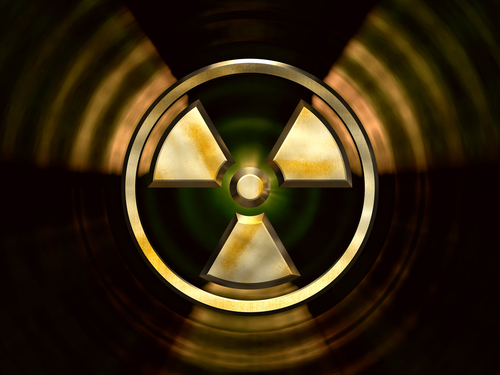Stereotactic body radiation therapy (SBRT) — a kind of radiation therapy that delivers high doses of radiation over a shorter treatment course — is as safe and effective as the traditional external beam radiation therapy (EBRT) for patients with low- and intermediate-risk prostate cancer, according to a long-term study.
The study, “Long-Term Outcomes of Stereotactic Body Radiation Therapy for Low and Intermediate-Risk Prostate Adenocarcinoma: A Multi-Institutional Consortium Study,” was presented at the American Society for Radiation Oncology (ASTRO) 2018 Annual Meeting, held recently in San Antonio.
Radiation therapy is a good alternative for patients with early-stage prostate cancer that has not migrated to other organs or adjacent tissues. However, the standard treatment course takes up to nine weeks with five treatments every week.
SBRT offers a significantly shorter treatment course, with fewer radiotherapy sessions, by increasing the radiation dosage and focusing on the tumor site to avoid adjacent tissue.
SBRT has been around for decades, but concerns associated with the long-term safety of receiving high doses of radiation therapy and a lack of studies that address these issues have prevented it from becoming more widely used.
To solve this problem, researchers conducted a multi-institutional study to evaluate the long-term outcomes associated with this therapy in prostate cancer patients. The study includes data from 10 institutional trials and two large multi-institutional studies.
It examined the long-term safety and efficacy of SBRT in 2,142 men with low- and intermediate-risk prostate cancer who were enrolled in institutional Phase 2 trials of SBRT from 2000 to 2012.
“Radiation therapy is typically delivered in small daily doses over a multi-week period,” lead author Amar U. Kishan, MD, said in a press release. “However, because prostate cancer cells appear to be unusually sensitive to higher daily doses of radiation, you can reduce the duration of treatment from as many as 8-9 weeks with 39-45 treatments down to about 1.5 weeks with 4-5 treatments.
“This study should allay the fears of those who prefer to undertake a shorter treatment course that they can do so safely and with the same, positive outcomes they would receive from a longer course of treatment.”
The patients, ranging from 41 to 92 years old (median age 67.9 years), were divided into three groups: low-risk disease (55.3%); favorable intermediary (32.3%); and unfavorable intermediary-risk (12.4%).
Patients received total radiation doses ranging from 33.5 to 40 Gray (Gy) — a measure of radiation dose — divided into four or five sessions. Most patients were treated daily or every other day. A small group (5.4%) also received androgen deprivation therapy.
Researchers used four criteria to measure the safety and efficacy of SBRT: distant metastasis, the spread of cancer cells into other organs or tissues; biochemical recurrence, a rise in PSA levels; time until biochemical recurrence or death; and overall survival.
Patients were followed for a median of 6.9 years, and a subset of 315 patients were followed for at least nine years. During this time, no patients died from prostate cancer, 100 patients (6%) experienced biochemical recurrence, and 10 (0.6%) experienced distant metastases.
At seven years, 95.5% of patients in the low-risk group were still alive and without signs of biochemical recurrence. In the favorable intermediate group, this percentage was 91.4%, and in the unfavorable intermediate group, 85.1%.
Overall survival at seven years was also high, with 91.4% in the low-risk group, 93.7% in the favorable intermediate group, and 86.5% in the unfavorable intermediate group living seven years or more.
Severe toxicities were rare, with only 2.5% of patients experiencing severe toxicity to the genitourinary tract. Only two patients experienced life-threatening adverse events.
“These numbers are identical, if not superior, to other types of more commonly used radiation techniques,” Kishan said. “There is no evidence of worse toxicity with SBRT. We have shown that this method is both safe and effective and should be a standard treatment option for patients with low- and intermediate-risk prostate cancer.”
“Offering SBRT in the context of a balanced discussion and shared decision making is appropriate for men with low and intermediate risk prostate cancer,” the researchers concluded.

